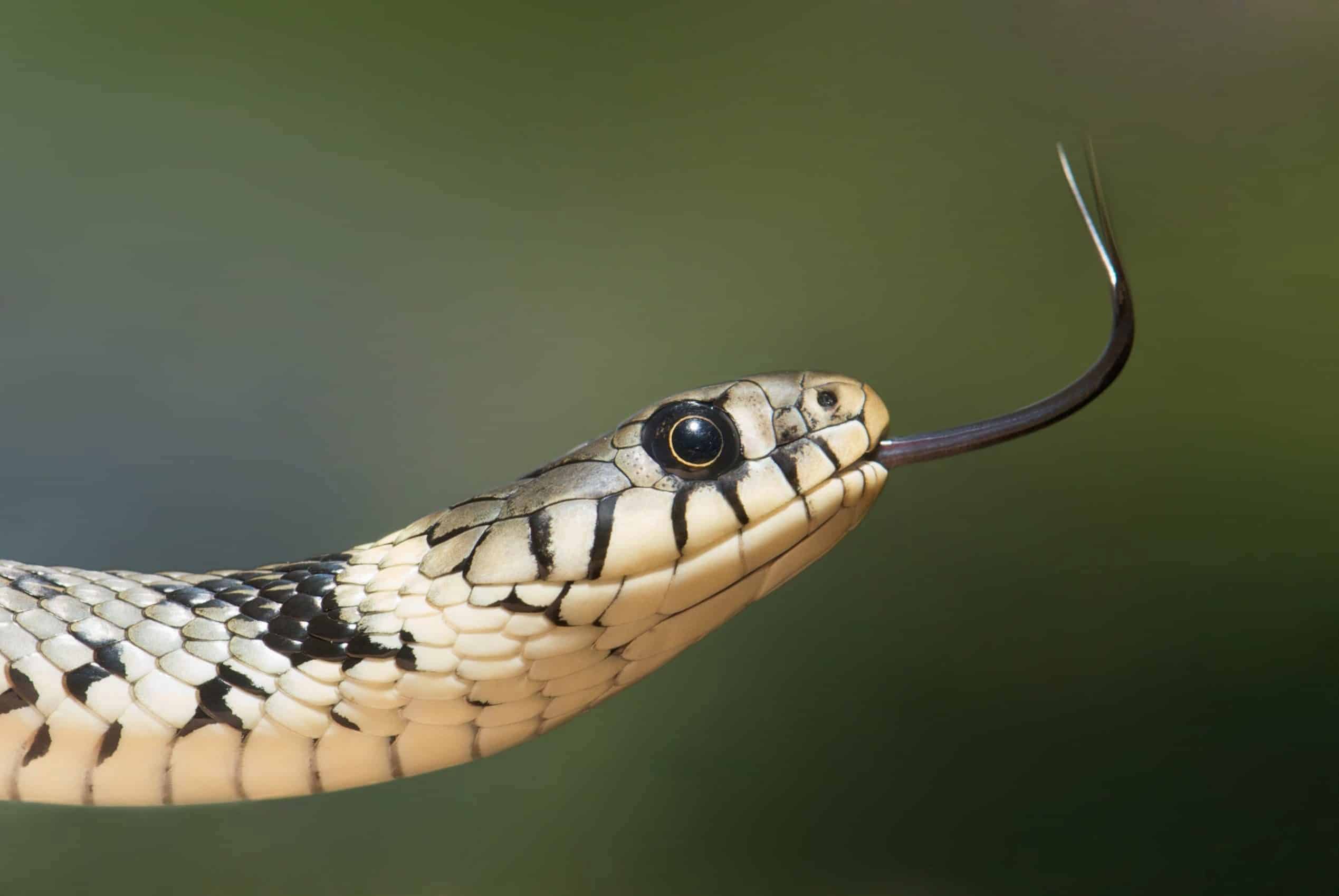Need Snake Removal ASAP?
Give us a call for 24/7 Emergency Wildlife Control & Removal in Dallas/Fort Worth.
(817) 606-7607Contact UsContact UsThere are many different kinds of snakes in Texas, some of which are venomous and some of which are not. It’s not unusual to see a snake near your home, whether you live in the country or in a busy city. Knowing how to tell the difference between different kinds of snakes and how to act in a safe and responsible way is important for both your safety and the snakes’. In this blog, we’ll look at some of the most common snakes in Texas and talk about what to do if you see one.
Rattlesnakes
Usually, rattlesnakes are the most well-known venomous snakes in Texas. There are many types of rattlesnakes, such as the Western Diamondback, the Timber Rattlesnake, and the Copperhead. The rattle on their tail, which they use to warn others when they feel threatened, makes it easy to spot these snakes. The best thing to do if you see a rattlesnake is to stay away from it and slowly move away. Do not try to touch or get close to the snake. If it feels threatened, it may strike.
Copperheads
Another venomous snake found in Texas is the copperhead, as we mentioned above. The head of these snakes is a unique copper color, and they usually live in wooded or rocky places. Even though a copperhead’s venom isn’t as dangerous as a rattlesnake’s, a bite from one can still hurt and need medical help. If you see a copperhead, you should treat it the same way you would a rattlesnake: give it a lot of space and don’t try to touch it.
Bull Snakes
Bull snakes, which are also called gopher snakes, are not venomous. However, because they look like rattlesnakes, they are often mistaken for them. Some of these snakes can get up to six feet long. Bull snakes usually live in grasslands and other open areas, and they don’t normally hurt people. If you see a bull snake, you can watch it from a safe distance, but you shouldn’t try to touch it.
Water Snakes
The Cottonmouth is a venomous water snake that lives in Texas. The Diamondback Water Snake, on the other hand, is not venomous. These snakes live in rivers, lakes, ponds, and other bodies of water or near them. If you see a water snake, the best thing to do is to give it a lot of space and try not to mess with its home.
What To Do If You See a Snake Near Your House
If you see a snake near your house, the first thing to do is stay calm. Most snakes aren’t mean, and they won’t attack unless they feel like they’re in danger. Don’t get too close to the snake and don’t try to pick it up. If the snake is venomous, you should call a professional wildlife removal service to get rid of it in a safe way. If the snake is not venomous, you can leave it alone or still call a wildlife removal service to move it safely.
In conclusion, Texas is home to many different types of snakes, both venomous and non-venomous. Knowing how to tell the difference between different kinds of snakes and how to act in a safe and responsible way is important for both your safety and the snakes’. By following these rules, you can help keep yourself and the snakes near your home safe and healthy.
Are you in need of rodent removal? Our friendly operators at Dallas Fort Worth Wildlife Control are available now at (817) 606-7607. Find out more about our snake removal in Arlington and Fort Worth, TX.


